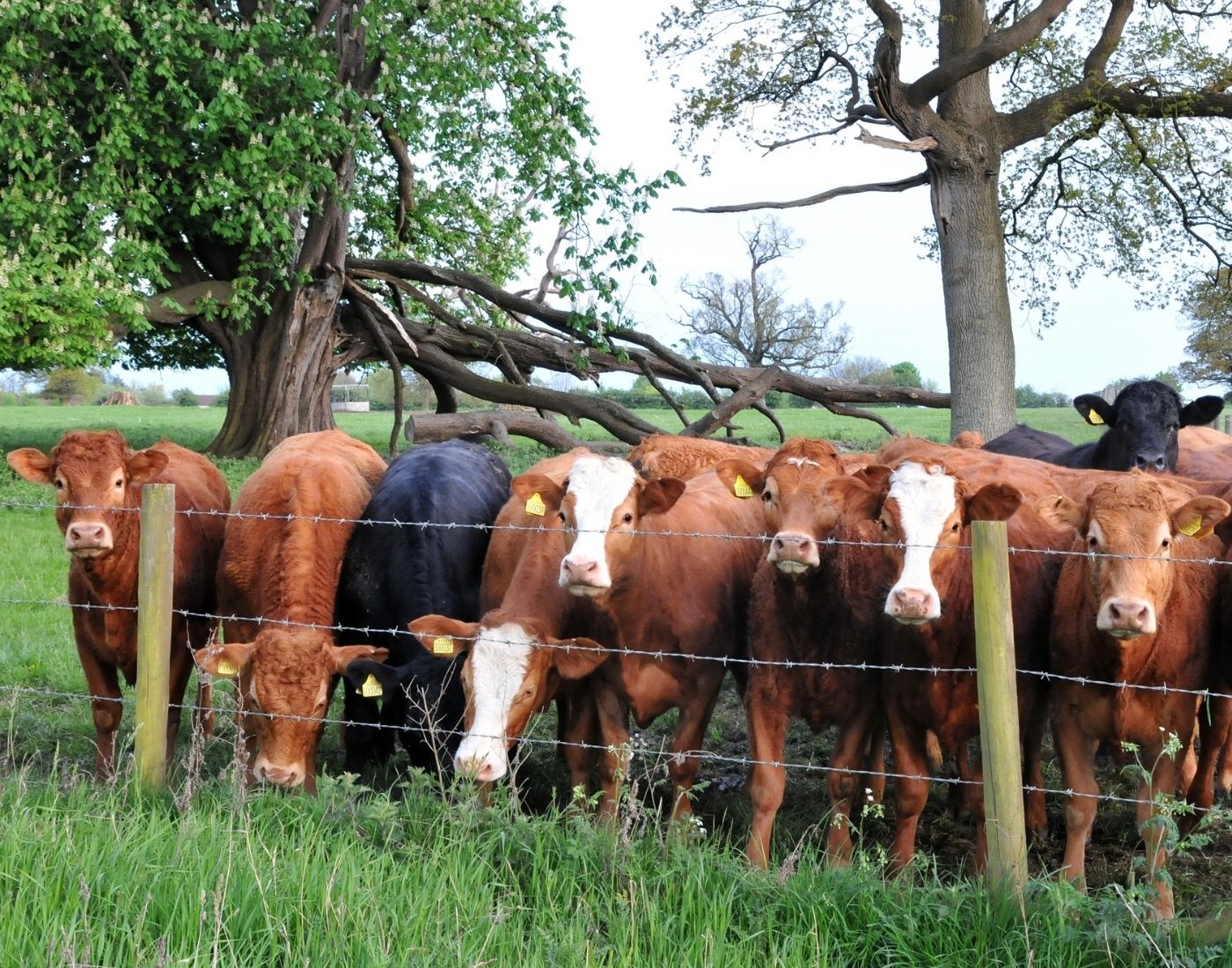Whilst Scottish Government is responsible for animal welfare legislation in Scotland, one of our key functions in FSS approved slaughterhouses is to ensure that animals are protected prior to and during slaughter and killing. We license slaughterers and animal handlers, make sure they are trained and competent, and enforce legislation.
Under EU regulations, food business operators are responsible for animal welfare and food safety in slaughterhouses. They must meet legislative requirements for slaughterhouse design, layout and equipment, and their slaughterers must be competent, appropriately trained, and licensed to handle and slaughter all species presented to them. Operators are also responsible for ensuring animal needs are met and for the welfare of animals in their care.

